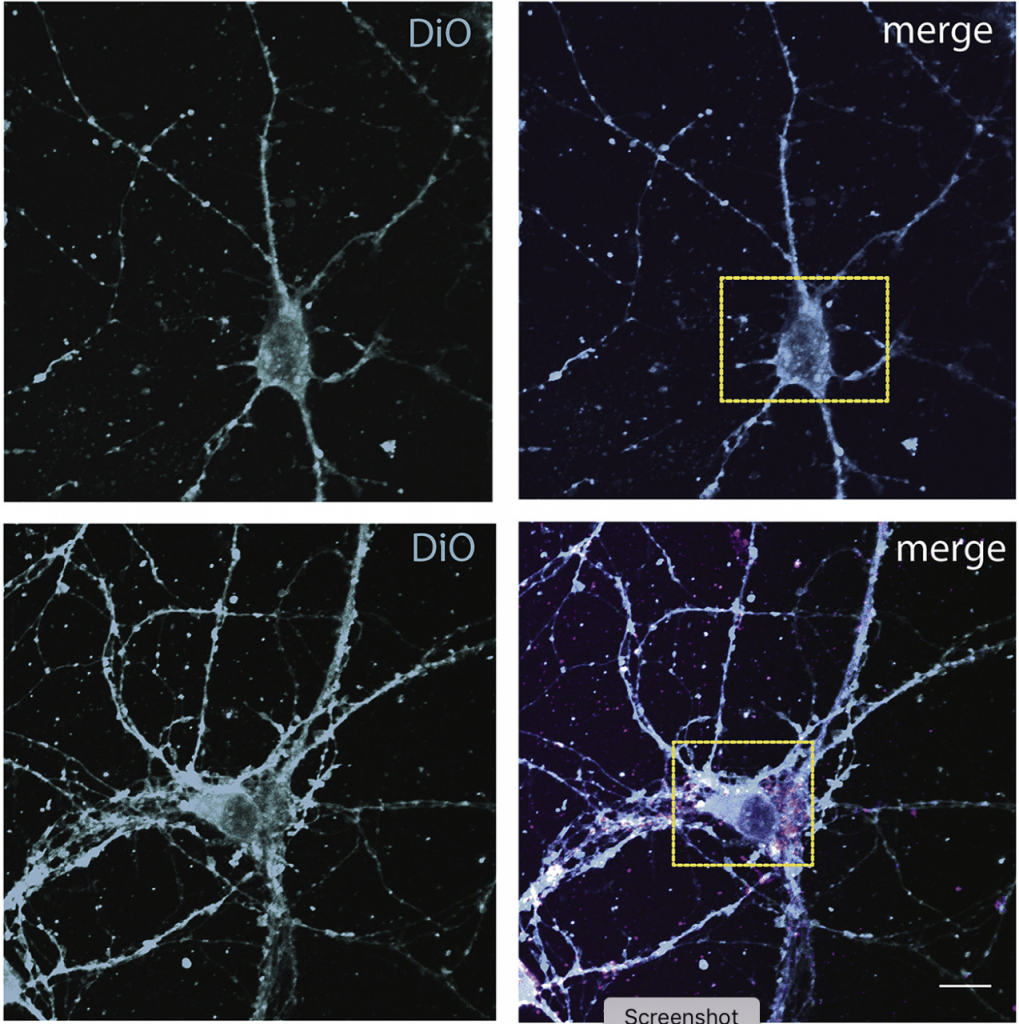
Schmidt Lab alumni Christopher Turner, Jordan Wolfheimer, and Dr. Nicole Hernandez, in collaboration with Drs. De Luca and Madsen of the University of Copenhagen, recently published a paper in Neuropharmacology . Find the abstract below:
Protein interacting with C kinase-1 (PICK1) regulates intra-cellular trafficking of GluA2-containing AMPA receptors, a process known to play a critical role in cocaine-seeking behavior. This suggests that PICK1 may represent a molecular target for developing novel pharmacotherapies to treat cocaine craving-induced relapse. Emerging evidence indicates that inhibition of PICK1 attenuates the reinstatement of cocaine-seeking behavior, an animal model of relapse. Here, we show that systemic administration of TAT-P4-(DATC5)2, a novel high-affinity peptide inhibitor of the PICK1 PDZ domain, dose-dependently attenuated the reinstatement of cocaine seeking in rats at doses that did not produce operant learning deficits or suppress locomotor activity. We also show that systemic TAT-P4-(DATC5)2 penetrated the brain where it was visualized in the nucleus accumbens shell. Consistent with these effects, infusions of TAT-P4-(DATC5)2 directly into the accumbens shell reduced cocaine, but not sucrose, seeking. The effects of TAT-P4-(DATC5)2 on cocaine seeking are likely due, in part, to inhibition of PICK1 in medium spiny neurons (MSNs) of the accumbens shell as TAT-P4-(DATC5)2 was shown to accumulate in striatal neurons and bind PICK1. Taken together, these findings highlight a novel role for PICK1 in the reinstatement of cocaine seeking and support future studies examining the efficacy of peptide inhibitors of PICK1 in animal and human models of cocaine relapse.
Congratulations!
